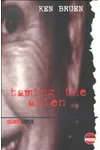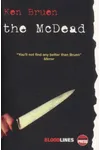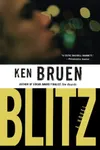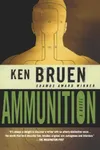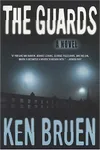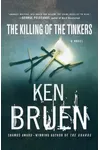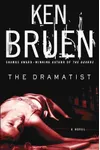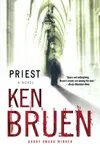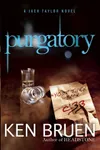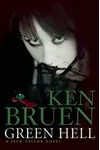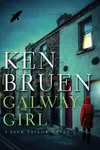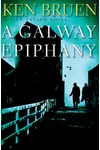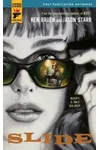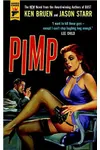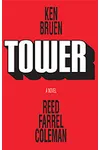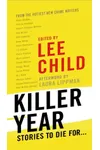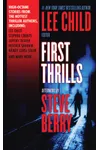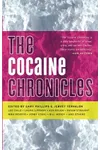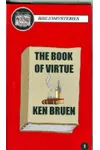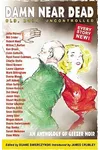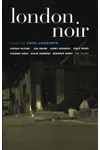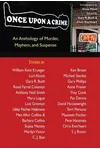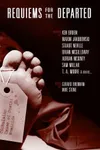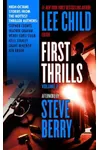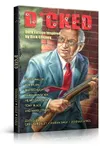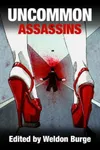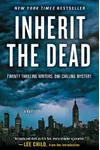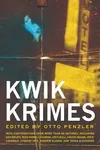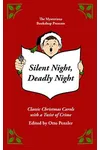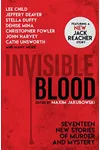Picture an Irish storyteller who turned Galway’s gritty streets into a noir masterpiece—meet Ken Bruen! Born in 1951, this hardboiled crime fiction maestro spun tales of flawed heroes and dark humor that captivated readers worldwide. With over 35 novels, including the iconic Jack Taylor series, Bruen’s razor-sharp prose and unflinching social commentary made him a legend in Irish noir.
From a Brazilian jail to literary stardom, Bruen’s life was as wild as his stories. His unique voice, shaped by global travels and personal trials, brought a fresh edge to crime fiction, earning him awards and screen adaptations galore. Ready to dive into his world?
The Making of Ken Bruen
Born in Galway, Ireland, in 1951, Ken Bruen grew up in a world where the Bible was the only book at home. Educated at Gormanston College and Trinity College Dublin, where he earned a PhD in metaphysics, Bruen’s intellectual streak didn’t keep him desk-bound. He spent 25 years teaching English across Africa, Japan, Southeast Asia, and South America, with a harrowing four-month stint in a Brazilian jail after a bar fight misunderstanding. This trauma fueled his writing, turning nightmares into noir. By the mid-1990s, Bruen was back in Galway, crafting stories that blended his global experiences with Ireland’s underbelly.
Ken Bruen’s Unforgettable Stories
Bruen’s Jack Taylor series, starting with The Guards (2001), introduced a disgraced ex-cop turned private eye battling alcoholism and Galway’s dark side. This Shamus Award-winning novel set the tone for 17 gritty installments, chronicling Ireland’s social shifts, from the Celtic Tiger’s boom to the Catholic Church’s decline. The Killing of the Tinkers (2002) tackled prejudice against Irish Travelers, while Priest (2006) earned a Barry Award for its raw take on faith and corruption.
His White Trilogy (1998–2000) explored London’s seedy underworld through cops Brant and Roberts, showcasing Bruen’s clipped, poetic prose and dark humor. Collaborations like Bust (2006) with Jason Starr added a transatlantic flair. Bruen’s style—terse, literary, and laced with quotes from Nietzsche to Iris DeMent—made every page a punch. His Galway settings, vivid and haunting, turned the city into a character as complex as his protagonists.
Bruen’s themes of addiction, inequality, and redemption resonated globally. His work, often called ‘Hibernian Noir,’ blended American pulp influences from James M. Cain with an Irish soul, creating a genre uniquely his own.
Why Ken Bruen Matters
Ken Bruen didn’t just write crime novels; he redefined Irish noir. His raw depictions of Ireland’s social changes—economic booms, spiritual voids, and lingering inequalities—gave voice to the marginalized. The Jack Taylor series, adapted into a TV show starring Iain Glen, brought Galway’s shadows to screens worldwide. Films like London Boulevard (2010), with Colin Farrell, and Blitz (2011), with Jason Statham, cemented his cultural reach.
Bruen’s influence inspired a wave of Irish crime writers, earning him titles like ‘Godfather of Irish Noir.’ His books, often stolen from libraries (a badge of honor, he joked), connected with readers craving authentic, unflinching stories. His legacy lives in every page that dares to blend poetry with pain.
- Born: January 3, 1951, Galway, Ireland
- Key Works: The Guards, The Killing of the Tinkers, Priest, White Trilogy
- Awards: Shamus (2004, 2007), Macavity (2005, 2010), Barry (2007), Grand Prix de Littérature Policière (2007)
Snag The Guards and dive into Ken Bruen’s thrilling Hibernian Noir!

